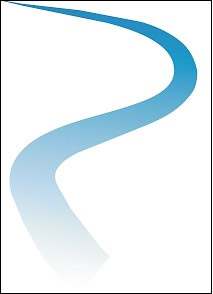| The moon calendar can be used to plan
your observation sessions. Depending on your motivation, you'll
have to view on different times: |
| Deep sky observing: The
brightness of the Moon causes skyglow that reduces contrast. This
means that you can only see brighter objects. The time between
sunset and moonrise is always a good time to plan your observation
session for. This allows for evening viewing and occurs in the
period between Full Moon and New Moon. The longer the period
(closer to New Moon), the longer your observation session can be.
If you plan to view something in the morning, then you should plan for
the period between New Moon and Full Moon and plan your session to occur
after moonset. |
| Moon: The Moon itself
provides magnificant viewing opportunities and can easily be viewed in
daylight. The best area to view is the terminator. This is
the line separating the sunlight part from the dark area. Shadows of
the numerous craters and mountains provide spectacular outlines and
change all the time.
The Moon is a bright object and you should use a
suitable moonfilter to make
your session more enjoyable during night time.
When viewing the Moon
during daytime you should avoid looking to the Sun or pointing
your telescope in the Sun's direction.
|
Other: You may have a
requirement to view a specific object under the best possible
conditions. Objects such as comets and asteroids are
at their best on specific times. You may also be in a area without
light pollution on a specific date. Knowledge of the Moon phase
and its rise and set times will allow you to make the most of the
opportunity. |
| Cape Town: November
2007; December 2007 |
| Pretoria: November
2007; December 2007 |

